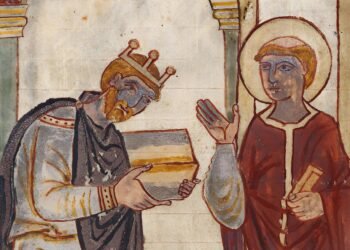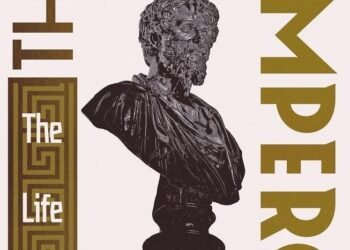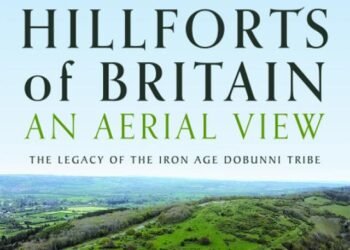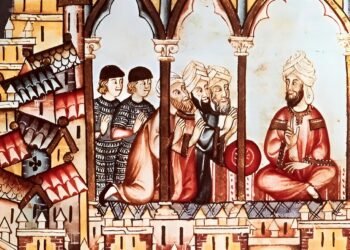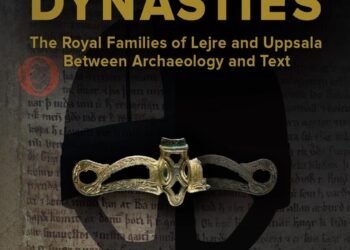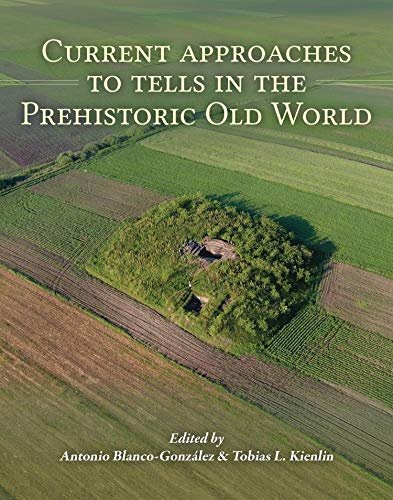 by Antonio Blanco-González (Editor), Tobias L. Kienlin (Editor)
by Antonio Blanco-González (Editor), Tobias L. Kienlin (Editor)
Language: English
Paperback: 224 pages
ISBN-10: 1789254868
ISBN-13: 978-1789254860
Deeply stratified settlements are a distinctive site type featuring prominently in diverse later prehistoric landscapes of the Old World. Their massive materiality has attracted the curiosity of lay people and archaeologists alike. Nowadays a wide variety of archaeological projects are tracking the lifestyles and social practices that led to the building-up of such superimposed artificial hills. However, prehistoric tell-dwelling communities are too often approached from narrow local perspectives or discussed within strict time- and culture-specific debates. There is a great potential to learn from such ubiquitous archaeological manifestations as the physical outcome of cross-cutting dynamics and comparable underlying forces irrespective of time and space.
This volume tackles tells and tell-like sites as a transversal phenomenon whose commonalities and divergences are poorly understood yet may benefit from cross-cultural comparison. Thus, the book intends to assemble a representative range of ongoing theory – and science –based fieldwork projects targeting this kind of sites. With the aim of encompassing a variety of social and material dynamics, the volume’s scope is diachronic – from the Earliest Neolithic up to the Iron Age–, and covers a very large region, from Iberia in Western Europe to Syria in the Middle East.
The core of the volume comprises a selection of the most remarkable contributions to the session with a similar title celebrated in the European Association of Archaeologists Annual Meeting held at Barcelona in 2018. In addition, the book includes invited chapters to round out underrepresented areas and periods in the EAA session with relevant research programs in the Old World. To accomplish such a cross-cultural course, the book takes a case-based approach, with contributions disparate both in their theoretical foundations – from household archaeology, social agency and formation theory – and their research strategies – including geophysical survey, microarchaeology and high-resolution excavation and dating.
Table of Contents
1. Introduction: a cross-cultural comparison to learn from tells. (by Antonio Blanco & Tobias L. Kienlin)
2. Recent investigations on Neolithic Çukuriçi Höyük (Turkey). (by Barbara Horejs)
3. Architectural phases, episodes of life and taphonomy in tell formation processes. Tell Halula (Syria) and its archeological formation. (by Miquel Molist; Quim Sisa; Julia Wattez, Chiara Marchiori & Anna Gómez Bach)
4. Location, Location, Location: Settlement Choice and Material Culture Continuity on an Anatolian Höyük. (by Sharon R. Steadman & Jennifer C. Ross)
5. Tell from data: large-sample approaches to prehistoric settlement layer build-up in the Near East and Europe. (by Eva Rosenstock & Wolfram Schier)
6. Re-discovering the Neolithic landscapes of Western Thessaly, central Greece. (by Athanasia Krahtopoulou, Hector Orengo, Charles Frederick et al.)
7. Tells of Domestication. Early Neolithic Farming Settlements in Pelagonia: Vrbjanska Čuka (Macedonia) as a case study. (by Goce Naumov)
8. Tells (and flat sites) as social agents. (by Stella Souvatzi)
9. Subsistence activities and symbolic practices in a Neolithic tell-like settlement of the Great Hungarian Plain (Öcsöd-Kovashalom). (by Andras Fuzesi & Pal Raczky)
10. The Messiness of Everyday Life. Reflections on site formation processes at the Bronze Age Tell of Százhalombatta-Földvár, Hungary. (by Joanna Sofaer, Marie Louise Sørensen & Magdolna Vicze)
11. Multi-layered settlement in Kakucs-Turján Mögött: a bottom-up approach to Middle Bronze Age settlements in Hungary. (by Robert Staniuk, Mateusz Jaeger, Gabriella Kulcsár et al.)
12. The birth of the Bronze Age tell and tell-like settlements in the Eastern Carpathian Basin. Case studies: Toboliu and Santion. (by Alexandra Gavan, Marian Adrian Lie, Gruia Fazecaș et al.)
13. Exloring the Bronze Age tells and tell-like settlements from the eastern Carpathian basin. Results of a research project. (by Florin Gogaltan, Gruia Fazecaș, Alexandra Găvan et al.)
14. Continuity and transformation: the social roles of tells in the Carpathian Basin. (by Amy Nicodemus)
15. Talking trash. Reconstructing activities, discard and abandonment at LBA Tell Sabi Abyad (Siria). (by Victor Klinkenberg)
16. Concluding chapter by discussant. (by John Chapman or Ian Hodder)

